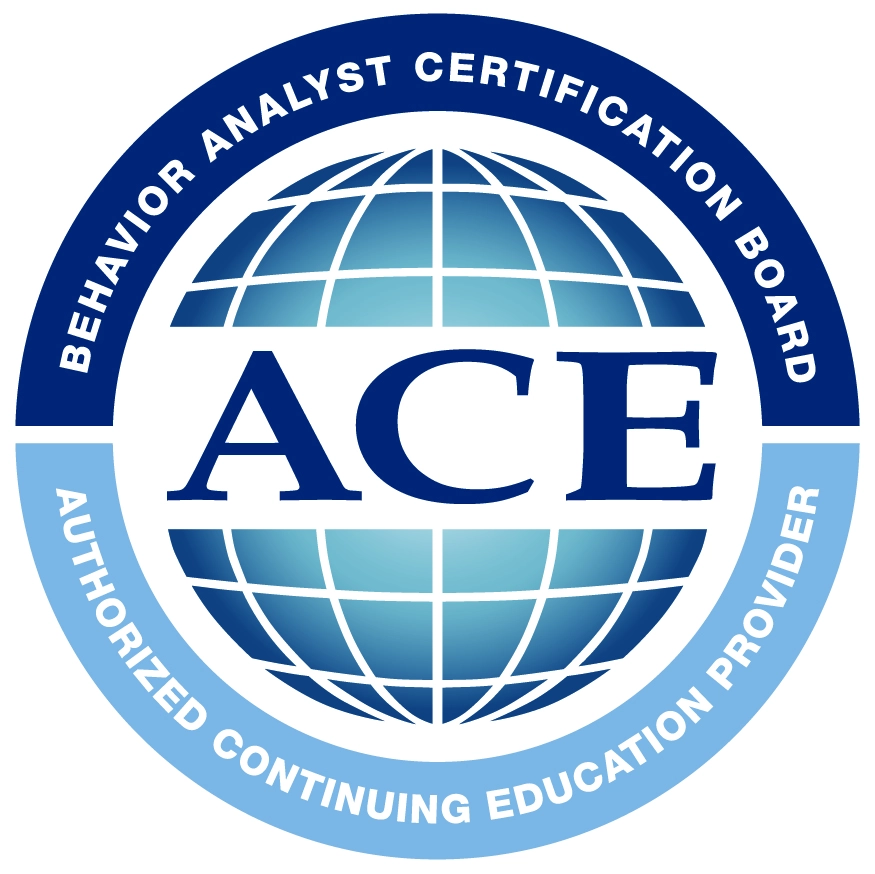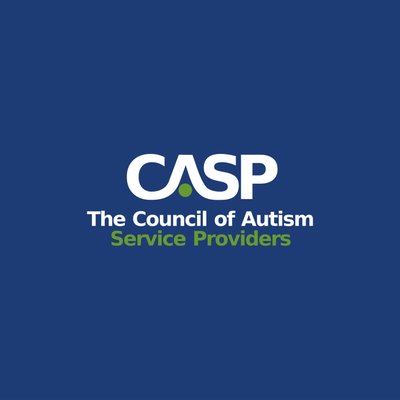Key Points:
- ABA therapy provides structured ways for nonverbal children to communicate, including augmentative tools and functional speech.
- It teaches social interaction, independence, and reduces frustration-based behaviors.
- With the right support in Suffolk County, ABA therapy empowers both the child and family to navigate autism-related challenges with clarity.
When a child isn’t speaking, the world can feel full of unasked and unanswered questions. For many parents in Suffolk County, NY, raising a nonverbal child with autism means interpreting gestures, cries, and patterns while hoping for that first meaningful word or sign. That’s where ABA therapy for nonverbal kids in Suffolk County, NY becomes more than a treatment—it becomes a guide.
ABA (Applied Behavior Analysis) therapy offers evidence-based methods to help children develop meaningful ways to communicate and engage with the world, even if spoken language hasn’t come yet. In Suffolk County, families are increasingly turning to providers like Golden Care Therapy to gain expert support tailored to nonverbal learners.
Let’s break down how ABA therapy makes a measurable difference in a nonverbal child’s daily life.
Establishing Functional Communication Skills
For nonverbal kids, communication doesn’t always mean words. In fact, the first goal in ABA therapy is to build functional communication—helping the child express wants, needs, and feelings in any effective way possible.
ABA therapists use structured methods to introduce different modes of communication that fit the child’s current abilities. The goal is to reduce frustration while building confidence in self-expression.
Common ABA strategies to build communication:
- Picture Exchange Communication System (PECS): Kids learn to use pictures to communicate, often starting with handing a picture of a desired item to an adult.
- Sign Language and Gestures: For some, signing is a gateway to expressive communication before speech develops.
- Speech-Generating Devices (SGDs): These tools allow children to press symbols or buttons that speak for them. ABA therapists systematically teach how to use them.
- Verbal Imitation Training: Even when speech is limited, structured practice in repeating sounds and words can build toward spontaneous language.
The success here isn’t just in “talking”—it’s in helping your child be heard in ways that make sense for them.
Reducing Behavior That Stems From Frustration
When a child can’t say what’s wrong, they may show you in other ways—meltdowns, hitting, biting, or shutting down. Many of these behaviors aren’t acts of defiance; they’re signals of unmet needs or overwhelming feelings.
ABA therapy carefully observes and analyzes the function of these behaviors—what the child is trying to achieve or avoid—and then builds alternative behaviors that are safer and more effective.
Here’s how ABA can help ease those struggles:
- Replaces tantrums with clearer forms of communication (e.g., pointing, signing, or using a device)
- Teaches calming techniques through repetition and visual cues
- Builds routines that help the child feel safe and predictable
- Desensitizes triggering environments or events in small, manageable steps
At Golden Care Therapy, the approach is never one-size-fits-all. The process involves customizing strategies based on what’s driving your child’s behavior—not just stopping it, but understanding it.
Fostering Independence in Daily Routines
Many parents of nonverbal children wonder: “Will my child ever brush their teeth alone? Use the bathroom without help? Dress themselves?” ABA therapy makes these goals achievable through task analysis and step-by-step teaching.
Rather than expecting independence all at once, ABA breaks tasks into bite-sized actions and teaches each one until it becomes second nature.
Key life skills ABA therapy helps nonverbal kids build:
- Toileting: Gradual schedules, positive reinforcement, and visual supports make potty training more manageable.
- Feeding and mealtime routines: Whether it’s using utensils or trying new foods, ABA uses exposure and motivation strategies to reduce stress around eating.
- Dressing: Skills like buttoning shirts or tying shoes are taught through repetition, modeling, and prompts that fade over time.
- Sleep routines: Therapists can support parents in setting predictable nighttime routines and addressing sleep-related behaviors.
- Safety skills: Crossing the street, staying with caregivers in public places, or responding to name calls are often part of ABA goals for independence.
These are big wins. Not just for the child, but for parents seeking reassurance that their child is growing and capable of doing more with time and support.
Teaching Social Connection (Without Relying on Words)
Just because a child doesn’t talk doesn’t mean they don’t want to connect. Many nonverbal kids crave play and attention but don’t know how to enter those social spaces. That’s where ABA steps in—with structured lessons in nonverbal social interaction.
In Suffolk County, providers work closely with families and sometimes even preschools to create opportunities for guided peer interaction. These experiences help nonverbal children observe, imitate, and participate socially, even before speech emerges.
Examples of social goals ABA may target:
- Making eye contact or using a gesture to initiate play
- Learning how to take turns in simple games
- Expressing excitement or discomfort with facial expressions or body language
- Using visuals or AAC devices to greet peers or say goodbye
- Identifying and responding to emotions through social stories
It’s easy to overlook the power of these small wins. But they’re what lay the groundwork for friendships, school readiness, and overall social well-being.

Empowering Parents and Building a Support Network
One of the most underestimated parts of ABA therapy? The way it equips parents.
Raising a nonverbal child can feel isolating at times. But when ABA therapy includes caregiver training—as it should—it becomes a bridge, not just a service. Parents learn how to handle tough moments, how to celebrate tiny milestones, and how to build connection at home using the same strategies therapists use.
In Suffolk County, therapists often conduct sessions in-home or in community settings, giving parents a front-row seat to the process and inviting them to practice techniques in real-time.
What parent training often includes:
- Understanding why behaviors happen (and how to respond calmly)
- How to reinforce new communication skills throughout the day
- Managing transitions and teaching patience during routines
- Encouraging your child’s strengths, not just focusing on what’s missing
- Advocating in school or IEP meetings using behavior-based data
Parents don’t just watch change happen—they become part of it.
Supporting Nonverbal Kids Starts Here
Raising a nonverbal child comes with questions most parents never have to ask. But the answers don’t have to be unclear. With ABA therapy for nonverbal kids in Suffolk County, NY, families gain tools, understanding, and real support—step by step.
Whether your child is just starting to show signs of autism or has been nonverbal for years, early and consistent ABA therapy can open doors you may not have thought possible. From functional communication to life skills and social bonding, every gain counts—and every child deserves that chance.
At Golden Care Therapy, we understand how important it is to meet your child where they are, with strategies that work and support that lasts. If you’re ready to explore ABA therapy in Indiana, New Jersey, Georgia, or Florida, we’re here to help.
Reach out today to learn more about how ABA can empower your child—and your entire family.



